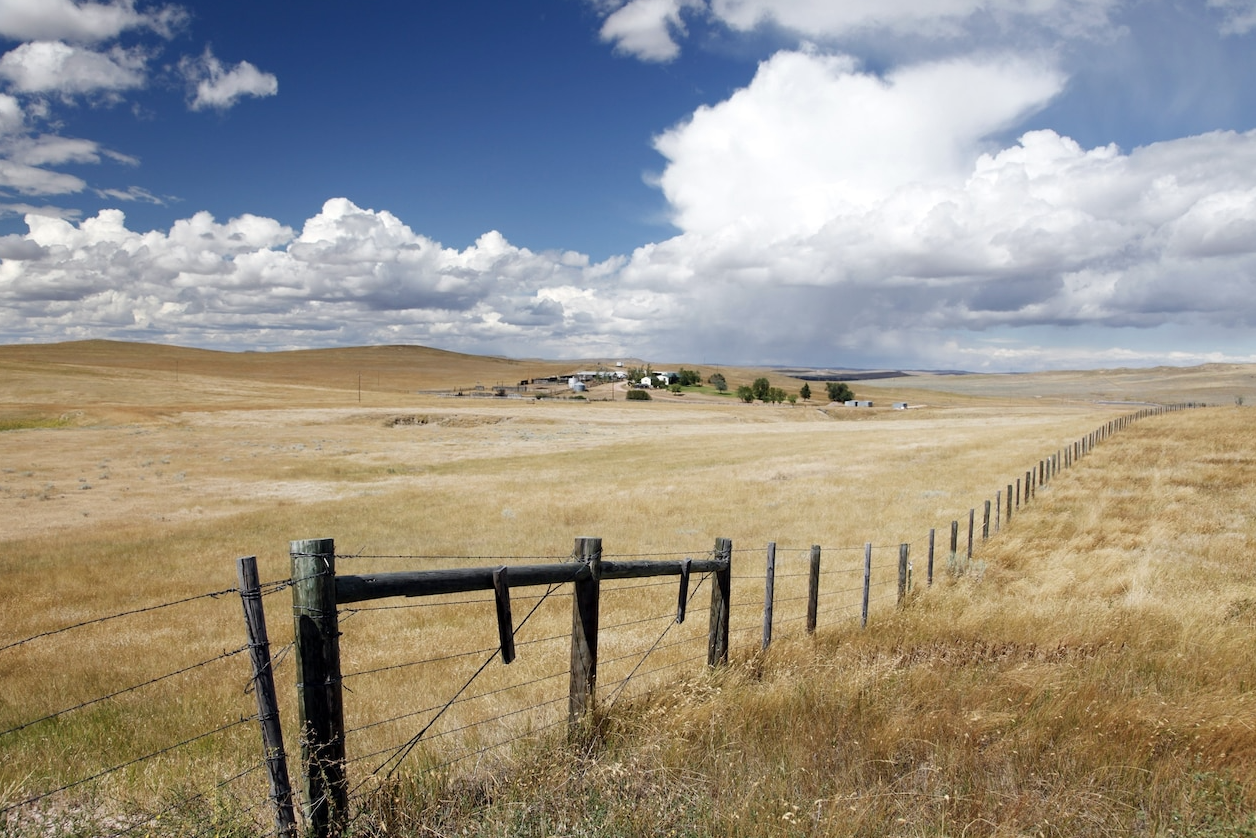The Largest Wildlife Bridge in the U.S. Opens in San Antonio
The Largest Wildlife Bridge in the U.S. Opens in San Antonio
By Emma Coleman, Route Fifty, December 14, 2020
Life just got a little easier for wild critters in San Antonio.
The Texas city last week opened the country’s largest natural bridge designed for both pedestrian and animal use to safely get across a busy stretch of highway.
The Robert L.B. Tobin Land Bridge stretches over a six-lane highway, connecting two sections of the Phil Hardberger Park, 330 acres of land named for a former San Antonio mayor. Hardberger served one term as mayor from 2005 to 2009, preceding Julian Castro, the former presidential candidate and Secretary of Housing and Urban Development under President Obama.
“For many years,” the bridge was “only a dream,” Hardberger said in a statement. “I am honored to invite San Antonians to come experience the Land Bridge and hope it will offer them an escape from the stresses of this year—a place where they may spend time with family and friends and connect with the natural world.”
The development of the project began in 2006 when the city purchased an old dairy farm and built a park on the land the following year. The bridge has been a public-private partnership throughout, with donations from private donors and grants supplementing San Antonio’s investments. In total, the city received $10 million in private funding for the bridge, added to $13 million from a bond approved by voters and the city council in 2017. Construction started in November 2018.
Wildlife bridges that cross highways or other obstacles that pose dangers for animals originated in France in the 1950s and gained popularity throughout Europe in the past few decades. Recently, the trend has caught on in the United States.
Last month, the Utah Division of Wildlife Resources shared a video of the state’s first wildlife bridge. Cameras captured moose, deer, bears, and coyotes using the crossing—which surprised state officials who thought wildlife would need more time to adjust after construction was completed in 2018.
“It's working!” the department wrote on Facebook. “As you can see, the [second] year of this overpass has been successful at helping wildlife safely migrate over busy Interstate 80 and helping motorists be much safer as well.”
The Utah bridge is not open to humans, which is a more common approach than the dual human-and-animal crossing that San Antonio created. Bridges similar to the one in Utah are in the planning stages in Houston and Los Angeles. The bridge in Los Angeles, which will span 10 lanes of a highway, is expected to be the largest wildlife bridge in the world once it is built.
Several studies have shown that wildlife bridges or underpasses make highways significantly safer for both animals and drivers. In Wyoming, a 2012 project that constructed two wildlife bridges and six underpasses produced an 81% drop in vehicular collisions with animals over the next three years. Before construction, the Wyoming Department of Transportation estimated that collisions at that particular stretch of the state highway were costing over $500,000 each year. The state concluded that the cost savings from wildlife crossings will pay for the $11 million project in about 17 years.
The 165-foot-wide bridge in San Antonio is meant to help animals like coyotes, deer, and raccoons—which frequently end up as roadkill—safely roam the park. The bridge is designed to feel like a natural hill, complete with native plants and trees. In a San Antonio Public Works video from early December, Hardberger explained that “we have animals living on both sides of the park that were not meant to live on one side or the other … to make animals want to go across it and feel at home, they've got to feel dirt under their hooves and have plants around them that they can eat."
A formal opening ceremony for the bridge was not held due to the pandemic, but the bridge is now fully open to pedestrians who want to cross it. The bridge also connects 7.5 miles of hiking trails.






